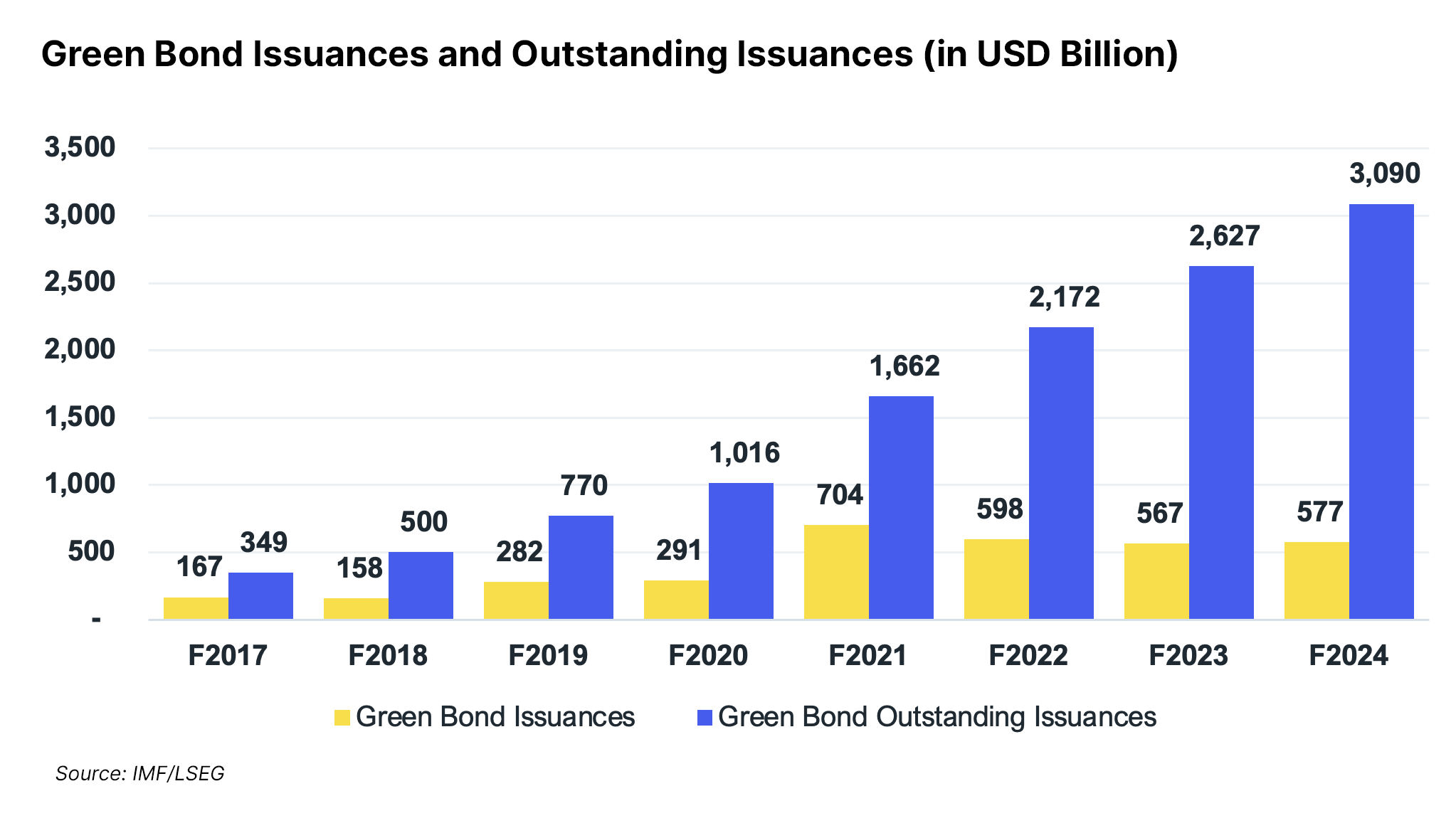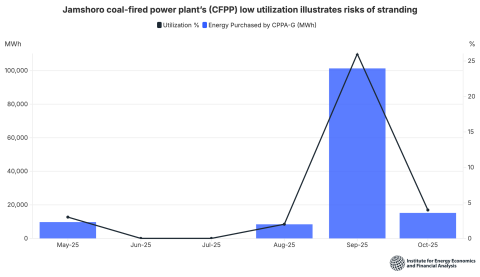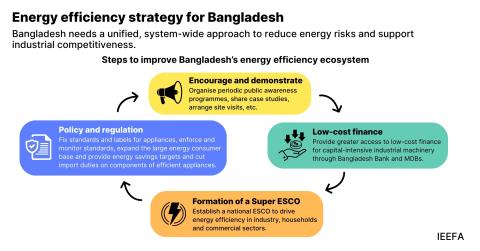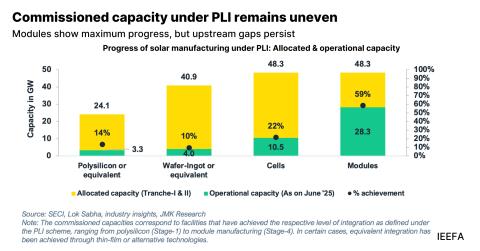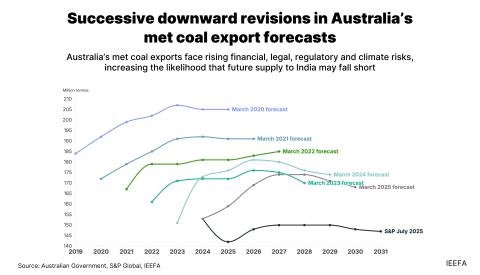Green bonds: Issues, incentives, and the green premium debate
Download Briefing Note
View Press Release

Key Findings
Despite cumulative issuances surpassing US$3 trillion and annual issuance crossing US$577 billion in 2024, green bonds still account for just 3% of the global bond market. Their expansion is hindered by regulatory complexities, high issuance costs, greenwashing, disappearing greenium, and inconsistencies in green definitions across jurisdictions.
The green premium, a key feature of the green bond market, allows issuers to secure better financing terms and signals strong investor interest in sustainability. However, its modest size and declining green premium raise questions about its long-term effectiveness.
While green bonds help mobilise private capital for environmentally beneficial projects, they cannot replace instruments like carbon pricing, emissions trading schemes, or direct regulation. Their impact is maximised when paired with clear policy signals and robust governance frameworks.
Green bonds combine financial innovation and environmental impact, benefiting both the planet and investors. They were initially created to source capital from investors for climate projects without the explicit purpose of lowering the cost of debt. However, over time, issuers, including sovereign governments and corporations, found this instrument useful to raise debt capital at a lower rate, give a signal to the market on greening their business operations, and even for public relations exercises. To facilitate green bond market development, policymakers and regulators have introduced standards and frameworks, and even subsidies, aiming to address market failures and catalyse the mobilisation of lower-cost debt capital for climate action.
First introduced in 2007 by the European Investment Bank, green bonds offer issuers a unique opportunity to finance or refinance projects with environmental benefits. In 2024, the aligned annual volume of green bond issuance hit US$577 billion, crossing the half-trillion mark for the fourth consecutive year, while cumulative issuances surpassed US$3 trillion globally.
However, a fundamental question that remains is whether green bonds are fulfilling their primary objectives – supporting global efforts on climate change mitigation and adaptation, and other environmental challenges, while serving the interests of investors and bond issuers. This briefing note underscores the challenges associated with green bonds: low cost of debt (greenium) for issuers, and higher risk adjusted return for investors.
